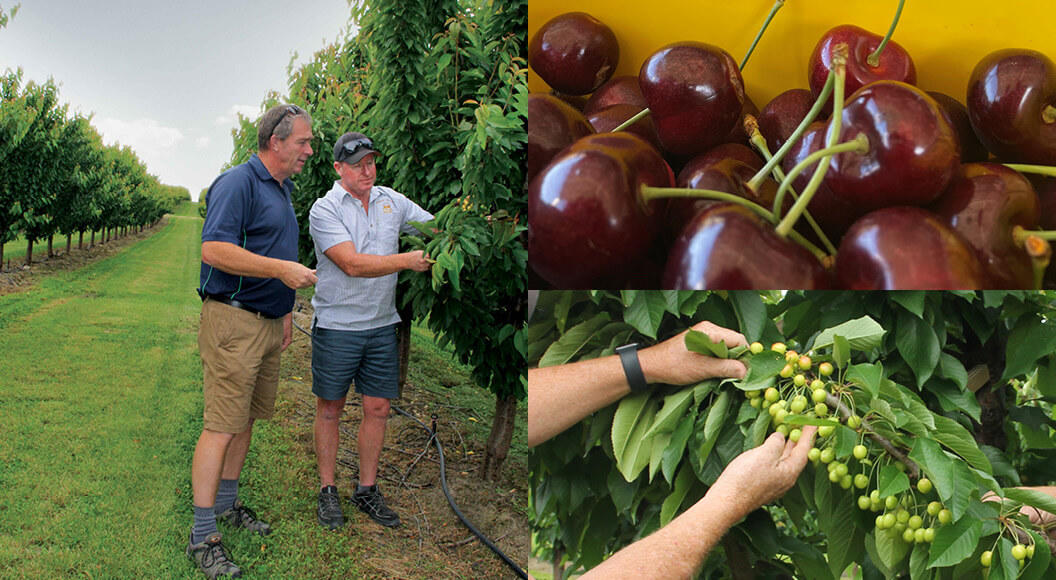
Herbage testing is the key
Herbage testing is a useful tool in the yearly calendar to test for mineral nutrients or feed quality. Knowing plant nutrient levels helps to identify nutrient deficiency, or toxicity and to monitor the current fertiliser programme on the farm.
The concentration of trace elements in the plant give a measure of the amount of trace element taken up from the soil. Depending on pasture intake, it will also give an indication of the amount of trace element ingested by the animal. Possible trace element deficiencies in clovers (molybdenum, copper), lucerne (molybdenum, copper, and boron) and brassicas (boron) can be identified by analysis of the plant tissue (herbage testing).
Herbage testing pasture complements soil tests and allows important micronutrients (trace elements) like cobalt, selenium, copper and iodine to be adjusted for improved animal health. Using both herbage and soil testing will provide a better overall picture of the farm nutrient status for an improved fertiliser programme. Clover-only testing is another useful way of understanding potential soil nutrient issues. Clover develops nutrient deficiencies before grasses and can be an early indicator of potential soil nutrient issues. If pasture samples are taken under wet soil conditions, this can result in soil contamination which will elevate trace element levels.
There are several common trace element deficiencies in forage plants in New Zealand. Molybdenum (Mo) deficiency is common in white clover, lucerne and legumes in South Island soils formed on loess of schist and greywacke origin, also in the rolling downlands in Otago and South Canterbury. In the North Island Mo deficiency occurs on soils formed from greywacke in Manawatu and Wairarapa, Northland soils formed from windblown sand, sandstone or andesitic rock, and some raw peats when first consolidated. Mo is essential for the fixation of Nitrogen (N) in legumes, and Mo deficiency is always associated with N deficiency in legumes. Mo concentrations are normally greater in grasses than legumes.1
Boron (B) deficiency is relatively common in brassicas, lucerne and clover seed crops. Brassica crops (swedes, turnips, kale), lucerne and clover seed crops have a greater requirement for boron than grasses. B deficiency in these crops is more likely to occur on light textured soils that contain less organic matter to save soil boron from leaching. As with Mo, B concentrations are normally greater in grasses than legumes. Copper deficiency in clover and lucerne has been identified in peats and gley podzol soils. Copper deficiency in pasture plants is rare and has only been reported in legumes on peats, podzols and sands. Other trace element deficiencies such as Zinc can be induced through over liming and high soil pH (greater than 6.5).2
Soil and herbage analyses help pastoral farmers and their advisers choose the best fertiliser programme and it also assists in highlighting mineral imbalances that might be affecting the health of pasture or stock grazing that feed. Contact your local PGG Wrightson Technical Field Representative for advice or help taking a herbage test.
1Hill Laboratories website: https://www.hill-laboratories.com/testing/plants-and-crop-testing/agric….
2Use of Trace Elements in New Zealand Pastoral Farming. New Zealand fertiliser Manufacturers’ Research Association.


